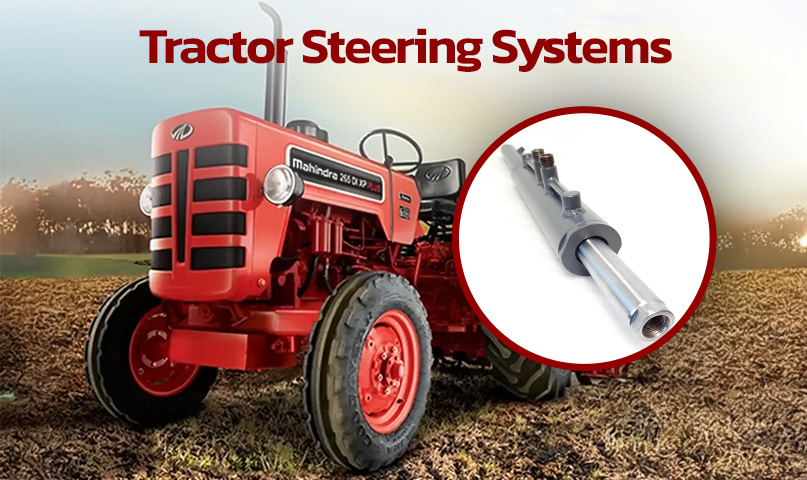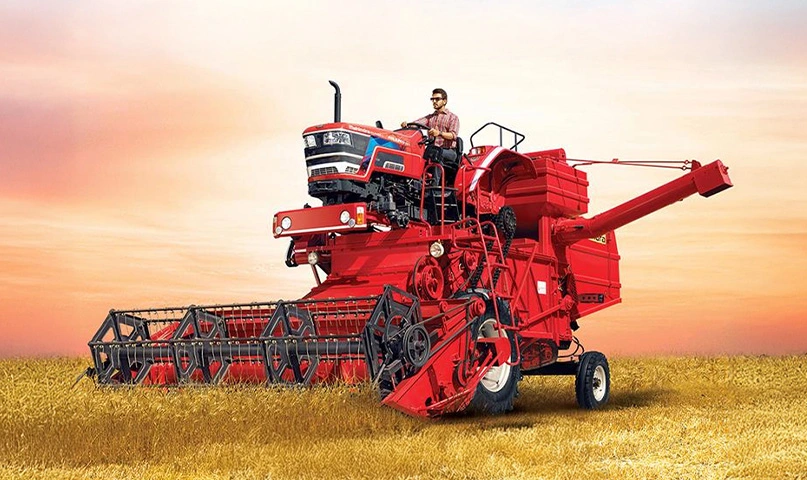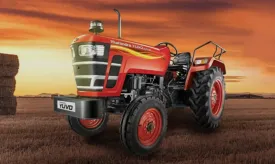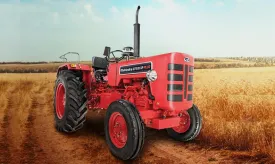Comprehensive Guide to Tractor Parts and Accessories
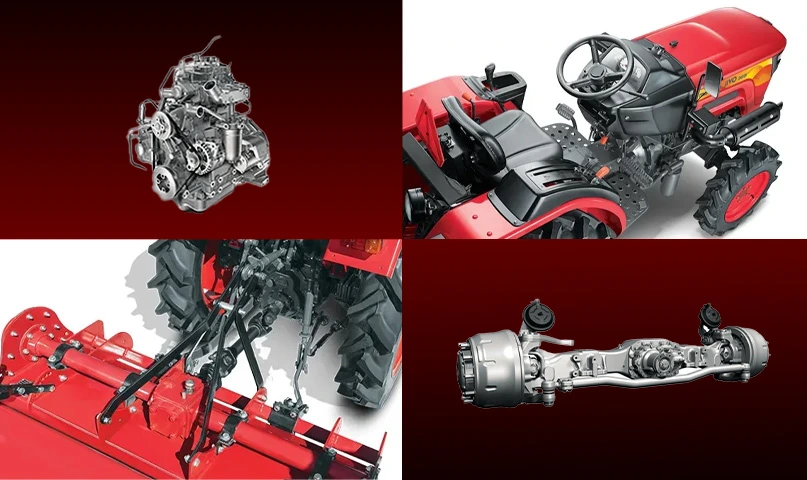
Tractors have a paramount importance in agriculture, construction, landscaping, and many other industries. Understanding the different parts and accessories of a tractor is crucial for proper maintenance, efficient operation, and ensuring long-term durability. Here’s a comprehensive guide to the key tractor parts and accessories.
Engine and Powertrain
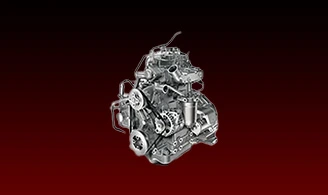
The engine and powertrain are the heart of the tractor, responsible for generating and transferring power to perform heavy-duty tasks. Key components include:
- Engine: The core component that powers the tractor. Most tractors use either diesel or gasoline engines.
- Transmission: Transfers power from the engine to the wheels. It can be a manual, automatic, or hydrostatic transmission.
- Clutch: Engages or disengages the engine from the transmission, allowing for smooth gear shifts.
- Differential: Ensures power is evenly distributed to the wheels, improving traction.
Hydraulic System
Hydraulic systems in tractors provide power to lift heavy loads, operate attachments, and assist with other tasks. Major parts include:
- Hydraulic pump: Provides the pressure required for hydraulic fluid to operate various tractor functions.
- Hydraulic cylinder: Used for lifting or lowering attachments like the loader, mower, or plough.
- Hydraulic hoses and fittings: Carry hydraulic fluid to and from various components.
- Three-Point Hitch: A system that attaches implements (like ploughs, seeders, and mowers) to the back of the tractor.
Chassis and Frame
The chassis provides structural support for the tractor. It ensures that all components are held together securely and can withstand rough operating conditions.
- Frame: The main structural element of the tractor, supporting all components.
- Axles: Connect the wheels to the tractor’s frame and are essential for transmitting power to the wheels.
- Suspension System: Helps reduce vibrations and shock, enhancing comfort during operation.
Wheels and Tyres
Wheels and tyres are critical for traction, stability, and the overall performance of the tractor. Tractor tyres are designed for different tasks and environments.
- Rear tyres: Larger and often more aggressive in tread pattern to provide power to the ground and pull heavy loads.
- Front tyres: Smaller than rear tyres, providing steering control.
- Tyre types: Options include radial tyres (for a smoother ride and longer life), bias or cross-ply tyres (for better traction), and turf tyres (designed for grass surfaces).
- Wheel weights: Used to increase stability and balance, particularly when using heavy attachments.
Cooling and Exhaust System
The cooling system prevents the engine from overheating, while the exhaust system reduces harmful emissions.
- Radiator: Helps to cool the engine by circulating coolant.
- Cooling fan: Aids in the movement of air through the radiator to cool the engine.
- Exhaust pipe: Directs exhaust gases away from the engine and reduces noise.
- Muffler: Reduces the noise from the exhaust gases, making the tractor quieter.
Steering and Control Systems
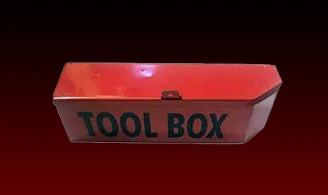
Proper steering and control are essential for maneuverability and precision while operating the tractor.
- Steering Wheel or Joystick: Used for controlling the direction of the tractor.
- Power Steering: Reduces the effort needed to turn the wheel, particularly important for large tractors.
- Braking System: Includes foot pedals or hand levers for stopping the tractor, usually equipped with disc brakes or drum brakes.
Electrical System
The electrical system powers lights, signals, and the starting mechanism.
- Battery: Powers the tractor's electrical components and starts the engine.
- Alternator: Charges the battery while the tractor is running.
- Lights: Essential for visibility during night operations or in low-light conditions.
- Wiring and fuse box: Distributes electrical power to various parts of the tractor.
Cabin and Operator Comfort
The operator's comfort and safety are critical during long hours of operation. Tractors are often equipped with features to reduce fatigue.
- Operator seat: Usually adjustable for comfort, some seats are air-ride to reduce vibrations.
- Controls and dashboard: The layout includes levers, knobs, and digital displays to control various functions.
- Cabins: Some tractors come with fully enclosed cabins to protect operators from weather conditions, with heating and air conditioning systems.
- Roll-Over Protection System (ROPS): A safety feature that protects the operator in case of a rollover.
Attachments and Implements
Tractors are versatile machines that can be fitted with various attachments to perform different tasks. These include:
- Front Loader: A bucket attachment for lifting materials such as soil, gravel, or hay.
- Backhoe: A digging attachment often used for trenching, landscaping, or construction.
- Ploughs: Implements for breaking up soil, often used in agriculture for tilling and preparing fields.
- Mowers: Attachments used for mowing grass or crops.
- Seeders: Implements for planting seeds in rows.
- Cultivators: Used for breaking up soil and weeding.
- Snow Blowers: For clearing snow in winter months.
Maintenance Tools and Parts
Routine maintenance is crucial to keep a tractor running efficiently. Some common maintenance tools and parts include:
- Oil filters: Essential for maintaining engine oil cleanliness.
- Air filters: Protect the engine from dust and debris.
- Fuel filters: Ensure clean fuel is supplied to the engine.
- Spark plugs: Necessary for ignition in gasoline engines.
- Grease guns: Used for lubricating parts such as joints and bearings.
Tractor Accessories
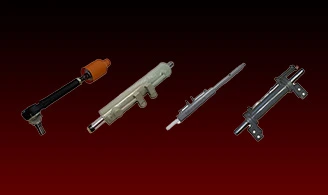
In addition to core parts, a variety of accessories can enhance the functionality of a tractor:
- Toolboxes: To store tools and spare parts.
- GPS systems: Used for precision farming and tracking field data.
- Roll bar: A protective structure that reduces the risk of injury during a rollover.
- Cabin fans and heaters: For comfort during different seasons.
- Fenders and mudguards: Protect the tractor and operator from debris.
- Weight blocks: Used to balance the tractor for better stability and traction.
Conclusion
A tractor is a complex machine made up of numerous parts and systems that all work together to accomplish a wide range of tasks. Understanding the main components—from the engine to the hydraulic system, to the various attachments—can help ensure you choose the right parts and accessories for your needs and maintain your tractor for optimal performance. Regular inspections, proper maintenance, and the right upgrades can significantly extend the lifespan of your tractor and improve its efficiency on the job.









